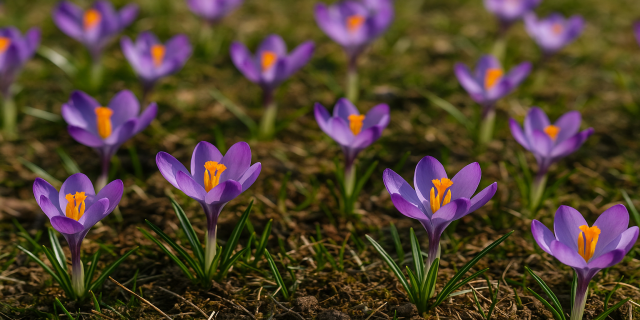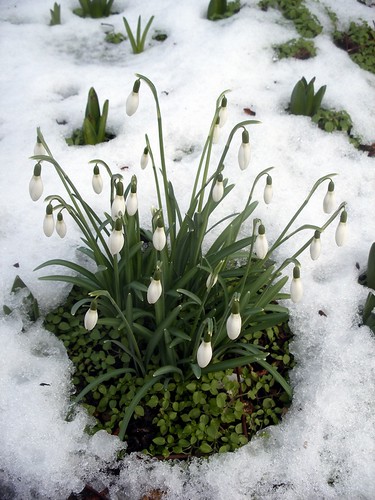Spring Is Coming: Crocuses and Snowdrops in Your Garden

The very first messengers of the season are crocuses and snowdrops. These early bloomers can flower even beneath a thin blanket of snow.
There’s no doubt — spring is just around the corner!
Growing Crocuses at Home
Crocuses, also known as saffron flowers, are small plants growing up to about 15 cm tall. Their colorful blooms brighten garden beds as early as February and March.
They’re often planted among lawns as well. Beyond their beauty, crocuses are known for something special — the saffron spice, made from their stigmas, is the most expensive spice in the world. It takes about 150,000 flowers to produce just one kilogram of saffron!
Used for its intense golden-orange color and flavor, saffron must be handled carefully — too much can create bitterness. Historically, saffron was also valued as an aphrodisiac and natural dye known for its richness and staying power.
Crocuses are easy to grow. They thrive in almost any type of soil, though they prefer a light, humus-rich, sandy loam.
They do best in full sun, much like their natural environment — mountain meadows. Crocuses propagate vegetatively, through bulb offsets. Botanical varieties can also be grown from seed, but be prepared to wait: flowers appear only after about 3 years from sowing.
And What About Snowdrops?

Snowdrops bloom around the same time as crocuses and together form a clear sign that winter is losing the battle.
Unafraid of snow, they absorb the first rays of sunshine and begin to decorate our gardens early in the season.
Snowdrops naturally grow in forest undergrowth, and some species still grow wild in Poland — though they are legally protected and must not be picked.
Mostly grown as ornamental plants, snowdrops are beloved for their hardiness, ease of care, and role as one of spring’s most hopeful signs.
The common snowdrop (Galanthus nivalis) is not only nectar-producing but also has medicinal properties. However, be warned — it is toxic and should never be used for self-treatment.
This plant grows up to 30 cm tall, forming dense, decorative clumps. It prefers light, calcareous or humus-rich soil and partly shaded locations.
You can even force it to bloom indoors: placed in a room at 8–12°C, snowdrops will flower in about 3 weeks.

So go ahead — bring spring into your home a little early.
It only takes a small step, but the joy is worth it!
